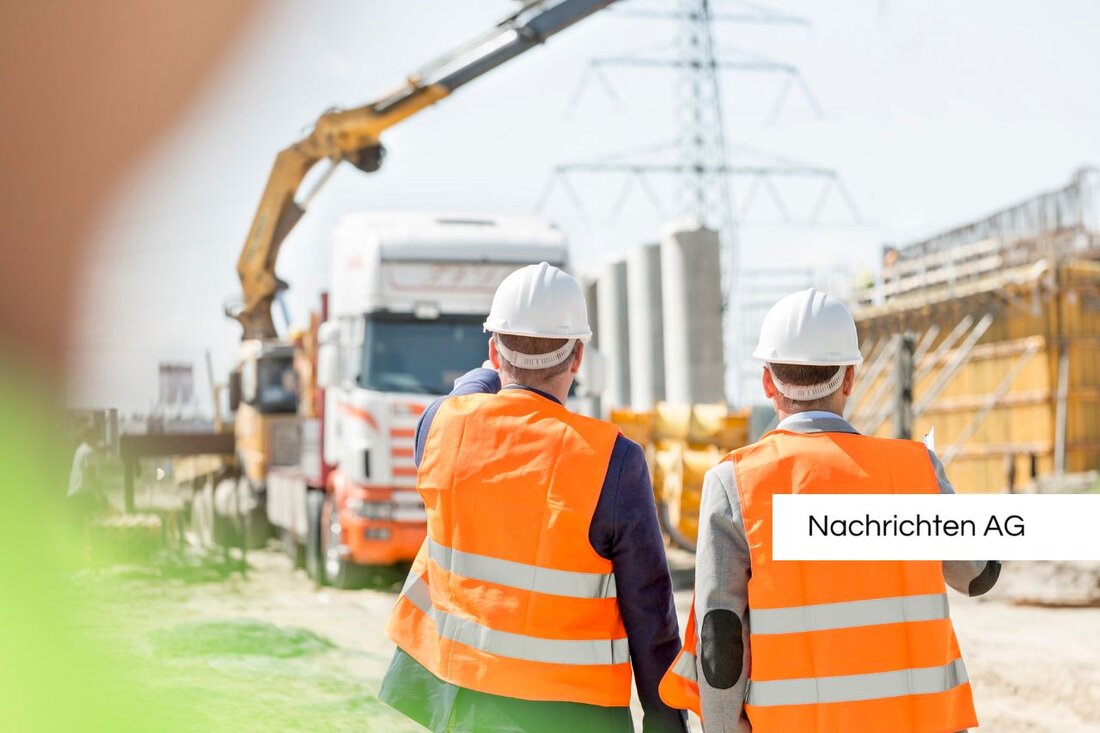Revolution in construction: New building material made from waste improves circular economy!
LINZ AG presents innovative building materials made from waste incineration residues, promotes circular economy and sustainable solutions.

Revolution in construction: New building material made from waste improves circular economy!
“What’s going on in the construction industry?” you might ask yourself when you hear about the latest developments in sustainable building materials. Today we are presenting an exciting milestone: the residue from waste incineration is used to create a new building material that is not only resource-saving, but also represents an important step towards “zero waste”. Eco News reports that Josef Thon, head of department at MA 48 in Vienna, explains how high-quality building materials can be obtained from slag that is created during the thermal recycling of waste.
Our goal is to avoid waste and at the same time keep resources in circulation. This innovative approach is increasingly becoming the heart of the circular economy, especially in construction. With its many years of experience in generating electricity and heat from residual waste, LINZ AG shows how this change can succeed. Erich Haider, General Director of LINZ AG, emphasizes the importance of interdisciplinary cooperation and the great potential of the circular economy.
Circular economy in construction
How can the environmental impact in the construction industry be reduced? Loud Circular culture The circular economy is becoming increasingly important. Not only does it promote the reuse of materials, but it also helps extend the life of building materials and reduce material costs. Innovative recycling processes, be it mechanical, thermal or chemical, pave the way for sustainable construction.
The possibilities are diverse: from shredding old building materials to the practical use of existing materials from demolished buildings. Windows and doors, for example, can often simply be reused without modification. This not only saves costs, but also actively contributes to reducing waste - a clear advantage for the environmentally conscious building owner.
The challenges of the modern construction site
An important aspect in Linz and Vienna is the enormous need for natural materials. Building construction requires around 400,000 tons a year and in Vienna even around 2.3 million tons of sand and gravel. The circular economy in construction shows that industrially produced aggregates made from recycled materials can help meet this need locally. This not only protects natural resources, but also reduces truck traffic in our cities.
Wolfgang Moser, Managing Director of Wopfinger Transportbeton Ges.m.b.H., emphasizes the compatibility of high concrete quality and circular economy. Manufacturers of building materials are increasingly relying on sustainable product solutions that are not only environmentally friendly but also meet the needs of the industry. CE certification in particular plays a central role in ensuring that the new building materials also hold up in practice.
Above all, however, the construction industry's drive for innovation is in demand. With new technologies and processes, we are ready to tackle the challenges of the future. From digital planning methods to automated separation systems: development is in full swing and there is no end in sight.
Overall, it is clear that the construction industry is facing an exciting transformation. Thanks to innovative approaches and interdisciplinary collaboration, the vision of sustainable and resource-saving construction is within reach. Let's hope that this doesn't just remain a plan, but is also implemented in practice!

 Suche
Suche
 Mein Konto
Mein Konto